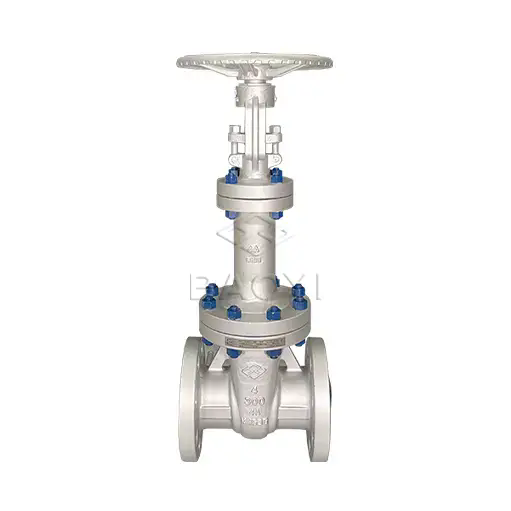What Is a Wedge Gate Valve and Why Is It Widely Used in Industrial Applications?
2025-07-10
Valves are essential components in fluid control systems across various industries. Among the different types of valves, the Wedge Gate Valve is one of the most commonly used due to its reliable sealing performance and durability. It plays a crucial role in controlling the flow of liquids, gases, and steam in pipelines.
What Is a Wedge Gate Valve?
A Wedge Gate Valve is a type of gate valve where the closing element (the gate) is shaped like a wedge. This wedge-shaped gate moves up and down between two seats to either allow or block the flow of fluid. When fully opened, the valve provides an unobstructed flow path, resulting in minimal pressure loss.
Wedge gate valves are particularly known for their tight shut-off and low-pressure drop when in the open position.

What Are the Types of Wedge Gate Valves?
There are mainly two types of wedge gate valves based on the design of the wedge:
Solid Wedge Gate Valve: The wedge is a single solid piece, offering durability and strength. It is suitable for most general applications.
Flexible Wedge Gate Valve: The wedge has a cut or groove to allow slight flexibility. This design helps improve seat alignment and is ideal for systems with temperature fluctuations.
What Are the Advantages of Wedge Gate Valves?
Tight Sealing: Ensures minimal leakage when the valve is closed.
Full Bore Design: Allows maximum flow with minimal resistance.
Bidirectional Flow: Can control flow in both directions.
Versatility: Suitable for a wide range of fluids, including water, oil, steam, and gas.
Durability: Robust construction for high-pressure and high-temperature applications.
Where Are Wedge Gate Valves Commonly Used?
Wedge gate valves are used in industries such as:
Oil and Gas
Petrochemical
Water Treatment and Distribution
Power Plants
Marine and Offshore
HVAC Systems
They are typically used for on/off control rather than throttling, as they are designed to be fully open or fully closed.
How to Select the Right Wedge Gate Valve?
Key factors to consider when selecting a wedge gate valve include:
Size and Pressure Rating: Based on the pipeline specifications.
Material: Cast iron, ductile iron, carbon steel, stainless steel, or bronze depending on the fluid type and operating conditions.
Temperature and Pressure Range: Ensure compatibility with the system's requirements.
End Connections: Flanged, threaded, or welded as needed.
Conclusion
The Wedge Gate Valve is an indispensable component in fluid control systems due to its reliable sealing, durability, and efficiency. Whether used in water pipelines or demanding oil and gas environments, it provides effective flow control with long-lasting performance. Choosing the right valve ensures safety, efficiency, and reduced maintenance costs in industrial operations.


